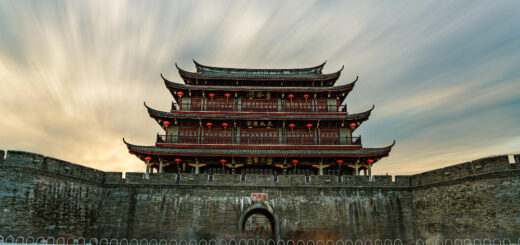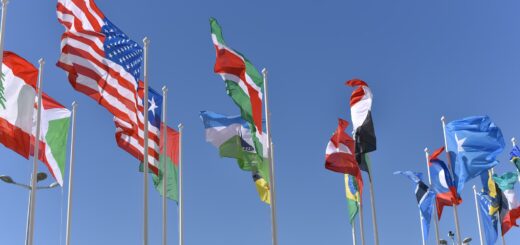Asia, Africa, and Latin America: Paths of Development in the 20th Century

Most countries of Asia and Africa at the beginning of the 20th century continued to exist as colonies of industrialized states. The metropolises, despite the capitalist era, continued to exploit colonial lands by classic feudal methods: the forced export of precious metals, the establishment of a slave-trade system, and high natural and monetary taxation.
Anti-colonial movements
It was during this period that active resistance to liberation movements in colonial countries began. Their main goal was to expel the monopolists and change the existing barbaric depredatory orders. Participants in the anti-colonial movements were the most vulnerable segments of the population – peasants, workers and clergy.
The local upper class actively cooperated with the monopoly authorities and did not feel that their rights and freedoms were particularly restricted. Members of anti-colonial movements were in no hurry to engage in wars of liberation, since they understood that the enemy had powerful states with strong armies and technical base, which Asian and African countries did not have.
Liberation from the power of metropolises came from the most unexpected side in Europe, when World War I was launched, resulting in the fall of most powerful empires.
With the end of World War II, the states of Asia and Africa entered a period of significant economic and cultural boom. The populations of these regions became familiar for the first time with medicines that previously had not been considered necessary to provide to the colonial territories of the metropolis.
Industry was considerably modernized, primary schools were opened, which helped to eradicate illiteracy. However, these countries were not able to support the European way of development up to the end.
Latin American Development
Compared with Asian and African countries, Latin American countries had better prerequisites for economic and technological development. Absolutely all Latin American countries freed from colonial rule in the 19th century and achieved national independence in the same period.
The first half of the 20th century was marked with industrial growth: new factories and plants were built, agriculture intensively developed, and new railroads were laid (total length of railroads in Chile exceeded several times the length of Chinese ones).
Latin America became a world leader in the export of plant and animal products. Before World War II, the region enjoyed logistical support from the United States and European states.
But despite visible economic growth, the development of Latin American countries was overshadowed by the rule of dictatorial regimes, which lasted in the region virtually until the end of the 20th century. A totalitarian military dictatorship was established in many countries in the 1930s.
After the fall of the Third Reich, Latin American states became safe havens for German and Italian fascists. Social and political stability was undermined by regular military coups d’état, in which one tyrant succeeded another. Liberal democratic power in Latin America was not established until 1991.


